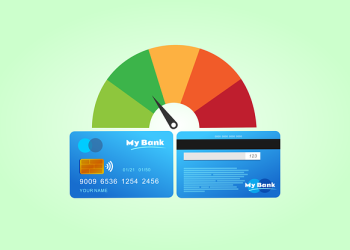Did you know that open landfills represent 91% of all landfill methane emissions? This is only a fraction of the pollution and waste that planet earth has been dealing with. Sustainability is very important to help the earth which is why learning more about circular economy principles is important.
We have put together this short guide to share what is circular economy along with the top principles.
What Is Circular Economy?
Before we move on to the principles of circular economy it is important to have a clear understanding of what it is. The main thing to understand is that the point of this economy is to think and design in a sustainable way. This is very different from the traditional way of making products which is very linear (there is a clear beginning and a clear end).
This linear economy that businesses have been following for years means that goods are produced, used, and then discarded. With a circular economy, products are designed to be reused either in the technical cycle or biological cycle.
Design Out Waste and Pollution
One of the principles of circular economy is to rethink the supply chain and also avoid pollution and waste. When making a product for your business it is best to avoid these things early in the development of the product. Keep in mind that a lot of the waste that releases greenhouse gases into the environment comes from polluting the air, water, and land.
A perfect circular economy example is a company led by CEO Antonio Muñoz called AMC Group. They are committed to the principles of the circular economy by using fully recyclable bottles that incorporate up to 52% of post-consumer reused plastic.
Keeping Products and Materials in Use
The other principle of circular economy is to reuse, recycle, and remanufacture products instead of using up finite resources. The goal is to use bio-based materials, products, and components that make a positive impact on the environment and the economy.
Some examples of this principle are making products in biodegradable packaging or taking back bottles from customers and reusing them after sanitizing and cleaning them properly.
Regenerate Natural Systems
Another main principle of circular economy is to return resources used to the soil. This principle helps protect the environment and also improves it. An example of this is farmers that are integrating conservation cropping into their routine.
These farmers use low-till or no-till farming in order to trap carbon dioxide in the ground. This, in turn, helps mitigate the impact of climate change.
Feeling Like a Circular Economy Principles Pro?
We hope that now that you are aware of the circular economy principles and are clearer on what circular economy is, you are ready to be a little more creative and innovative in your business so that you too can make a contribution to the circular economy and help the earth.
If this blog post helped you out today and you are ready for some more tips please feel free to keep browsing our business section for our latest.






